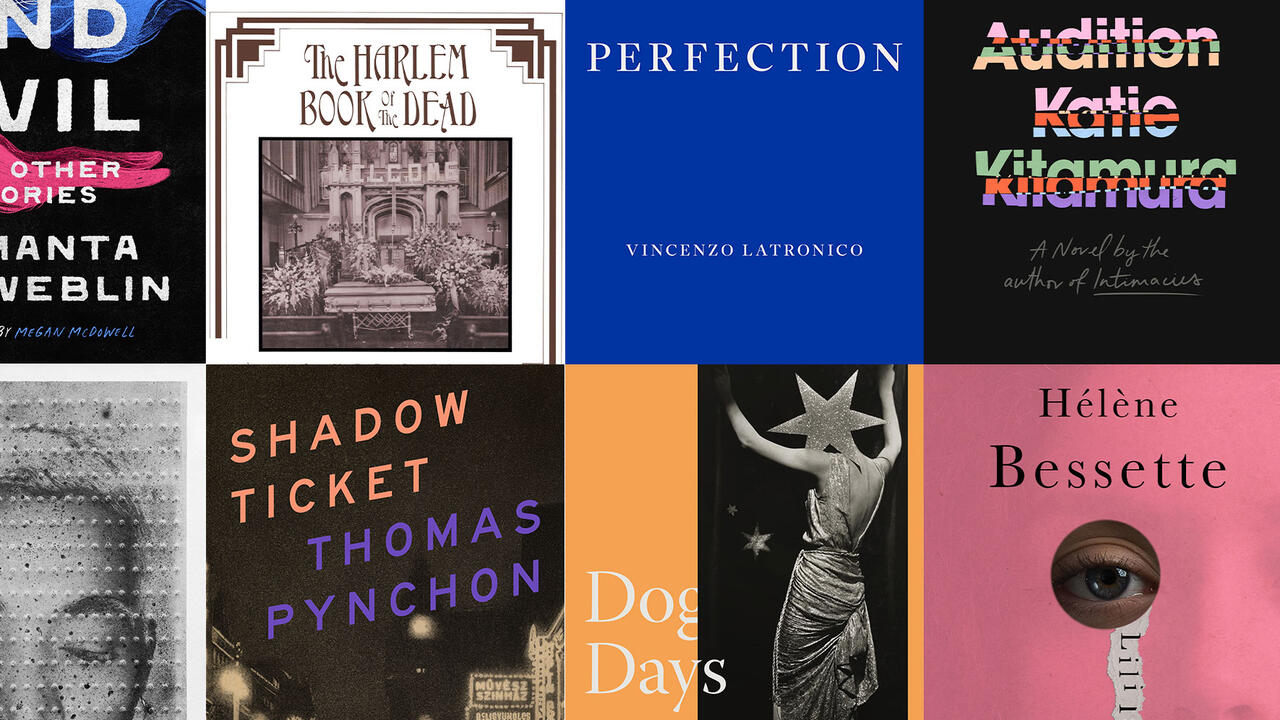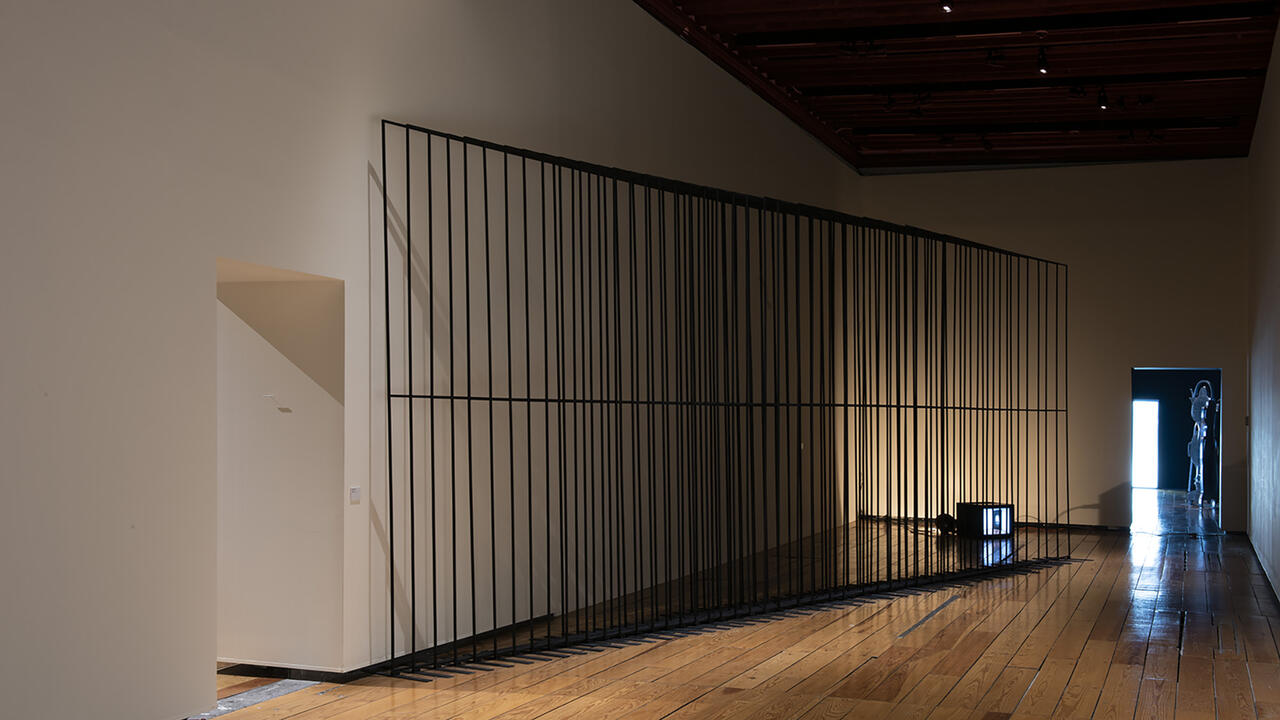Kai Althoff, Abel Auer, Armin Kramer, Robert Elfgen

Agreement is a frangible thing, prone to break if it's prodded or poked. When we agree it's Christmas, or that we're in love, all we're really agreeing to do is to shelter under the same language-tent. Like all tents, language-tents have their dark corners and damp, slippery patches, their puzzles of size and scale. They make us proximate, sure, but this proximity can result in bruised ribs just as easily as it can result in a blissful, ships-that-pass-in-the-night caress.
Kai Althoff, Abel Auer, Armin Krämer and Robert Elfgen's show at Corvi-Mora began with a short story written by the four artists. Titled 'Supra Carput Esse: Enthronement Gifts' (all works 2004) and printed on a single side of A4 in over-inked Courier, it told the tale of an empress on the eve of her coronation. Her subjects (their necks growing long in the process) search high and low for a gift with which to win her approval, and finally settle on a hank of hair from the head of 'one whose name [is] to be praised'. But before the empress even sees the gift, she loses her heart to one of the leopards that guard her castle home, and 'all hoped-for favour is swallowed by love'.
We next encounter the empress and the leopard on the seashore, where they re-float a beached, corpse-bedecked raft. As it ebbs out to sea, the empress notices one of its dead crewmen twitch and remarks that 'Death is not the end'. The leopard replies, 'I could see it too, the flesh came off and on all the time'. Rather than return to the castle, the empress flees her fiefdom on horseback, followed by her feline lover. Overcome with sudden sadness (at what, the story never quite makes clear), she throws herself from her horse, breaking her neck and passing to an afterlife in which she's effortlessly at one with nature. The leopard is left licking her lifeless face and sniffing the perfumed flower that's taken root in her skull.
'Supra Carput Esse: Enthronement Gifts' is a peculiar, ellipsis-fraught fiction. It's hard to imagine that it's the product of four men, and even harder to imagine that it means the same thing to each of them. Nevertheless, its poetry - its flavours of hoping against hope, organic matter on the turn and fuzzy, self-erasing transcendence - informed each piece in the show. In the exhibition space's ante-room stood a pinboard, to which the four artists had fixed various images and objects. Auer's vegetable dye-toned watercolours of pitched-roof houses rubbed shoulders with an apostrophe scissored from a sheet of bubble-wrap, a foot-shaped Monster Munch snack and several Dorota Jurczak etchings of plump, copiously shitting bottoms. The only four-way collaboration in the show apart from the story, the pinboard was a neat reminder that, while language papers over the cracks in shared meaning, the physical stuff of art, like a winter frost, sometimes expands them.
In the main gallery the works were split between those that alluded directly to the artists' short story and those that bore only traces of its scent. Krämer's was perhaps the most literal of the four, including as it did a cardboard castle topped with a mop of bright brown hair, and Der Wächter (The Watchman), a handsome painting of a leopard whose eyes seemed fogged-over with ineffable atavism. Althoff and Elfgen also chose, if not to illustrate the story, at least to make its imagery material. Their Das Floss (The Raft) was a life-size sculpture of a raft, buoyed by plastic barrels. Pinned with splayed, labia-like dried fish, its cabin was home to a dummy, whose head and hands exploded with foamy effluvia. Out on deck, some religious ceremony (a burnt offering?) appeared to have taken place in the shadow of the sail - a purple ecclesiastical gown. Spattered with ectoplasmic gloop, the piece resembled an ark built on the instructions of some minor, careless god who long ago forget to inform his followers that their 40 sea-borne days and nights were up. Unlike much maritime art, Das Floss was about not the death of hope but its (equally painful) endurance in the face of all the facts.
In contrast to these works, Auer's paintings operated only as a potential backdrop to the story's action. Spang-ling a whole wall, his landscapes, such as Catalytic Catarrh, were all ribboned skies and botanical cross-pollination - part tundra, part jungle. Their elements should have felt irreconcilable, but they somehow achieved a strange concord. A lot like the show as a whole, in which an attempt to share a fiction pointed, a little hesitantly, towards the possibility of sharing a belief.















